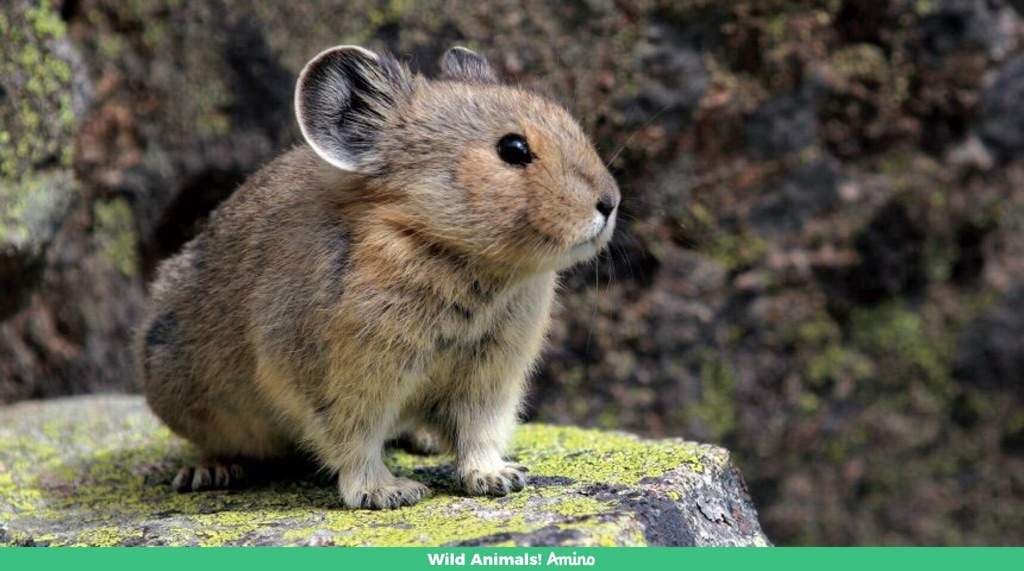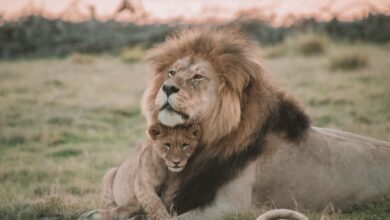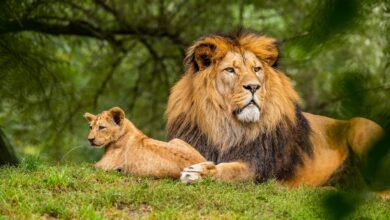The Unbelievably Cute Endangered Ili Pika
China’s “magic bunny”, Ili Pikas, is the cutest and most bizarre creature discovered in northwestern China. The scientific name of the beautiful Ili Pikas is Ochotona iliensis.
There are many different Pikas species, but mainly they are small rabbit-like mammals with short limbs and round ears. In comparison, others have three distinct brown stripes on their forehead and around their neck.
Pika lives at a high altitude in Tianshan Mountains. They have a lifespan of up to 7 years, and they mainly feed on grasses, herbs, and other mountain plants. The Ili pika lives in holes between rocks, at high elevations and inland cliffs, between 9,200 and 13,450 feet.

The man who found and protected the endangered “Ili Pikas.”
For the past three decades, Li Weidong has been on a mission to search and protect the highly endangered and mysterious rabbit-like mammal only found in China.
In 1983, a sixty-year-old retired conservationist Li Weidong discovered the Ili pika, found in the rocks of the Tianshan Mountains. One of the world’s most extended game hide and seek, Ili Pika, is a furry mouse-like animal from the pika family. Li has been doing field surveys to protect endangered species.
For the next 35 years, Li devoted himself to protecting endangered species, which are fewer in number. Less than 1,000 of Ili Pika are left.

Finding the cutest Ili pika
In 1983, the Chinese government sent Li to the mountainous Xinjiang Province to check if they carried any plague or other diseases. Li explored a valley by Jilimalale Mountain, where he saw 8 inches long animal with a small, grey head, large ears and a small tail animal. Pika was sticking out from a crack in the rock with small brown spots in its grey fur body.
He brought a sample of the animal down from the mountains and observed that the animal looked like a cross between a mouse and a rabbit. He knew it was some different species he had ever seen. I took the specimen and then consulted experts from the Chinese Academy of Sciences.
After detailed research for animals in the Tianshan Mountains, Li managed to piece together the animal’s traits. I found it was a new species.
Sanctuary Needed
For over the past 35 years, Pika has shrunk from 3,300 to an estimated less than 1,000. Li philosophy was no interference and no sanctuary for the animals. He doesn’t want Ili pika to be known to the outside world or visitors attracted by Pika. Over time, Li’s attitude towards the preservation of the animal changed.
With time, Li managed to establish two sanctuaries for the animal. Many herdsmen have become volunteers to look after and observe the wild animal and prevent poachers from entering.
Ili Pika protection
Climate and environmental changes, glaciers in the Tianshan Mountains, and the decline of grasslands brought a crisis to the rare animal. Due to these factors, these species are endangered. Grazing pressure from livestock and air pollution have likely contributed to the decline of Ili Pika to less than 1,000.
Let’s, rediscover the animal and create conservation areas for the species!





